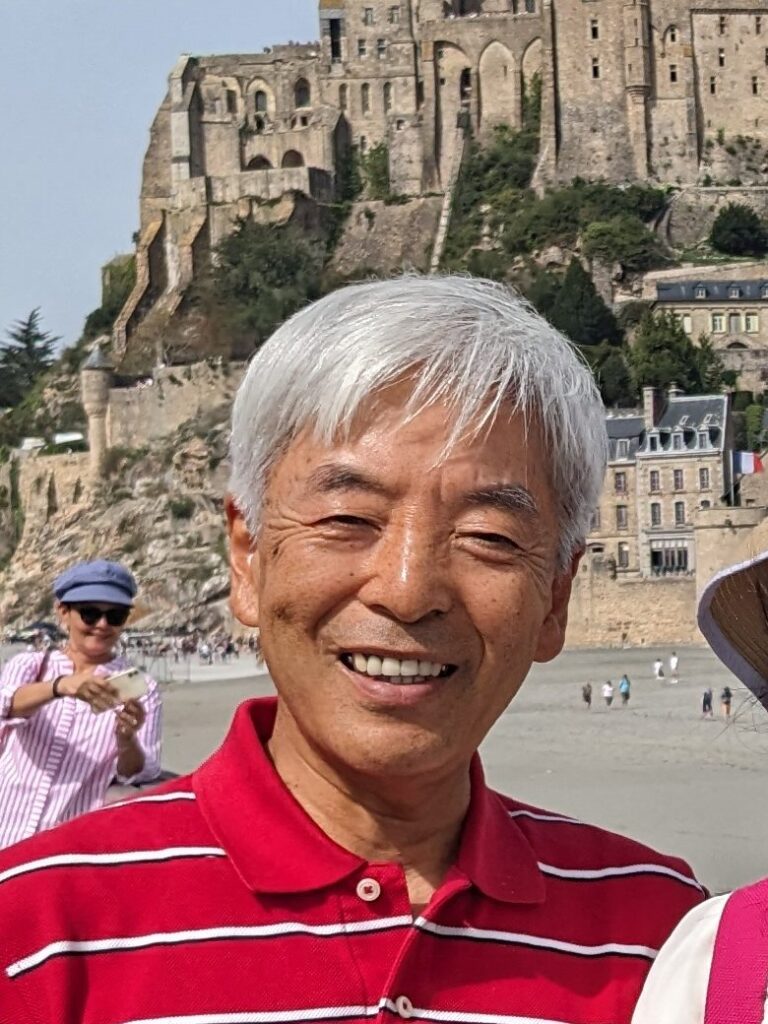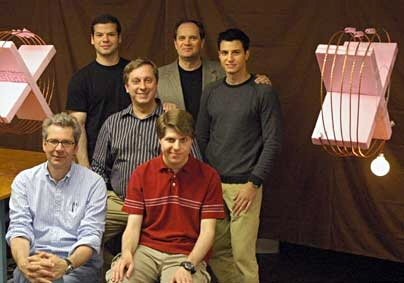
2023/09/06
at Abbaye du Mont-Saint-Michel
I started my professional career as a researcher at the Central Research Laboratory (now renamed as Advanced Technology R&D Center) of Mitsubishi Electric Co. (one of the leading companies in the world) in 1983. 40 years ago!
I did basic research on acoustic waves in the laboratory. The ultimate purpose of my study was to reduce the noise of our products. But what I did there was theoretical studies, simulations, and experiments. Studying waves in this period gave me a distinctive view from common physicists. So, when modern physicists explain waves, I often have uncomfortable feelings.
After five years at the laboratory, I worked somewhere between a scientist and a mechanical and electrical engineer. Throughout my career, I have always been a mechanism seeker. So, I like to be called a “Mech.”
My task in this period was to develop sensors of entirely new types. My team and I developed fundamental sensing mechanisms, sensors as products, and even semiconductor sensing chips from scratch. So, our outputs were patents rather than papers. If you search the USPTO (United States Patent and Trademark Office) patent collection database with keywords “IN/Yasui AND IN/Katsuaki,” you will find my 25 US patents on groundbreaking sensors. You can find many more in Japanese and international patents. This is why I missed my doctorate.
Because I was a practical sensor developer, I am always concerned about the process of fundamental experiments historical physicists have made rather than the conclusions they have established and commonly taught today. I often have different interpretations of their experimental results.
During this period and until now, the person I looked up to most has been Mr. Tada. He was a brave man. He began many challenging projects that most managers must have hesitated to set about. And somehow, he brought most of those projects to success. Moreover, he was a responsible leader. He told me,
“You can consult any experts in the company or any professors in Japan if you want. But do not use what they say as excuses. You can overturn any of their words. All responsibilities are on you.”
These words became my cherished motto. “All responsibilities are on me.” The name of my laboratory “Doppo” which means self-sustaining independence in Japanese is the declaration of this spirit.
From 2011, I attended the all-Japan technical committee on wireless power transfer systems for EVs (Electric Vehicles) once a month for two years. Half of its attendees were from universities, and the other half were from leading companies aiming for business on EV wireless charging systems. Attendees’ area of research was clearly divided into two: radio communication systems and power transfer systems. I was the only one who did not belong to either group. My area was acoustics and analog circuitry for sensors.
The attendees’ two areas looked almost identical to my eye. But they said their cultures were surprisingly different. They also said they were inspired by each other.

Wireless power transfer over a two-meter distance,
from the coil on the left to the coil on the right,
where it powers a 60W light bulb.
Photo by Aristeidis Karalis
https://news.mit.edu/2007/wireless-0607
At one of the committee meetings, I presented a lecture on “impedance matching using resonance,” which relates acoustics, analog circuitry, and radio emissions. It was about the mechanism of the so-called “Magnetically Coupled Resonance” introduced by the MIT team shown above. The magically high efficiency of the MIT team’s power transmission was one of the main concerns of the committee. I discussed its mechanism from the standpoint of a mechanical wave scientist.
I also presume this exact mechanism could be related to the stability of elementary particles. Anyway, ideas from different cultures can be a way to break through. I hope my books can be some help for it.
